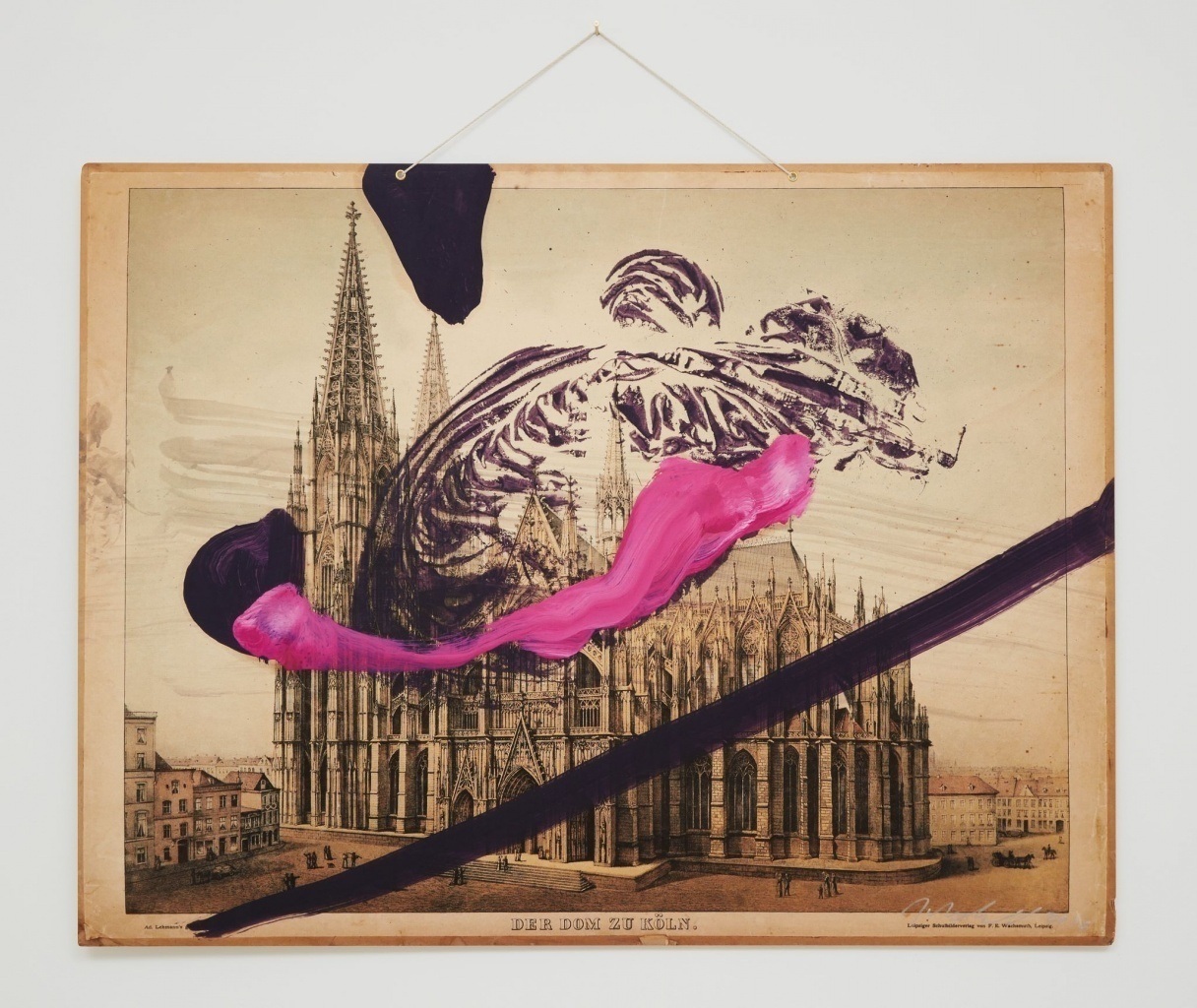The main stars and pioneers of the 1980s’ Neo-Expressionism Georg Baselitz and Julian Schnabel—in Irina Kulik’s next lecture.
Georg Baselitz (b. 1938) is a German artist, one of the founding representatives of Neo-Expressionism—a movement occurring in Europe and the US in the late 1970s marked by a return to figurative and gestural painting. Growing up in the middle of the twentieth century, his visual style was influenced by modernism, especially by abstract expressionists. Baselitz has been making series of large-scale canvases, linotypes and other prints, as well as sculptures since the early 1960s. By 1980, he was one of the most influential and commercially successful practitioners on the art market. Winner of multiple awards, participant of Documenta (1972, 1982) and the Venice Biennale (1980), Baselitz currently lives and works in Austria.
Julian Schnabel (b. 1951) is a contemporary artist and filmmaker who received worldwide recognition for series of large paintings featuring bits of broken ceramic plates. A major representative of American Neo-Expressionism, he used to be a Leo Castelli protégé, participated in the Venice Biennale (1980, 1982), and became the youngest artist exhibited at the New Spirit in Painting show (1981) at the Royal Academy of Arts. Since the mid-1990s, Schnabel has been making an equally triumphant cinematic career, dedicating his debut film to friend and fellow artist Jean-Michel Basquiat (Basquiat, 1996). Winner of awards at the Cannes Film Festival and the Venice Film Festival, Schnabel lives and works in his home city New York, where he built a pink palace named Palazzo Chupi on top of an old stable in Greenwich Village.







